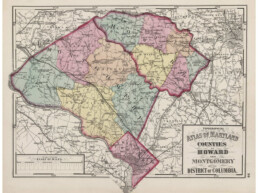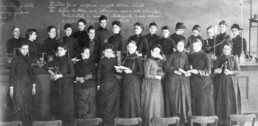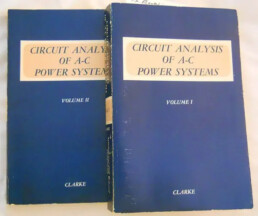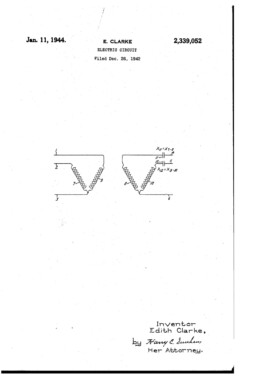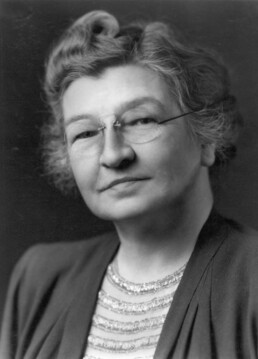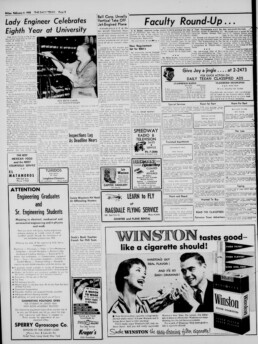⸻ Learn More >
Edith Clarke, a Woman of Many Firsts
By the time Edith Clarke joined The University of Texas at Austin, becoming the first female electrical engineering professor in the U.S., she had already achieved legendary status among her peers: a master’s degree from MIT, the first female electrical engineer at General Electric, the first woman to deliver a paper at the American Institute for Electrical Engineers conference, and not one, not two, but three patents to her name. Edith’s work on transmission was a pre-cursor to what we know today as the Smart Grid. She’s a trailblazer, an inspiration, and she’s one of our Texas Engineers.
• ⸻ 1912
1912
Begins work in New York City at the American Telegraph Company as a computor – a human calculator – helping engineers building the first telephone wires in America. It was here where she developed the Clarke Calculator – a slide rule that enabled engineers to solve equations 10 times faster than before.
• ⸻ 1927
1927
Second patent issued: how much power can be pushed into a power line so it can be used safely at its maximum limit.
“There is a future for woman in engineering, and someday the only limitation will be their own lack of ability, as we are fast approaching an age in which men and women will be measured by their worth as individuals.”
-Edith Clarke, Texas Engineer
by Lauren Grant
